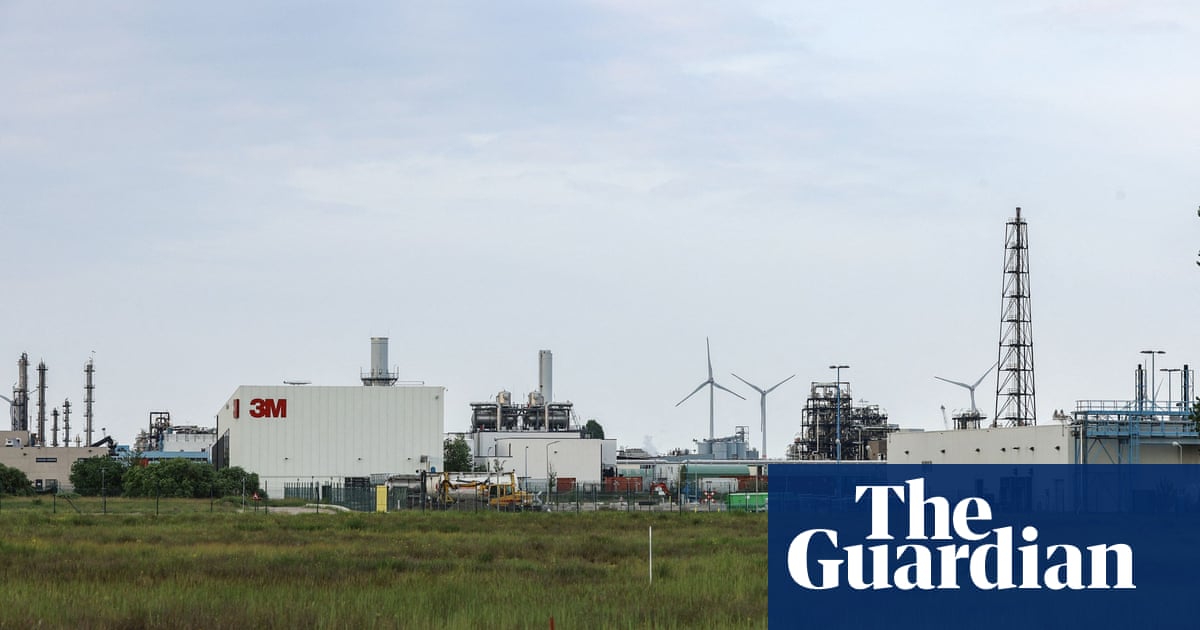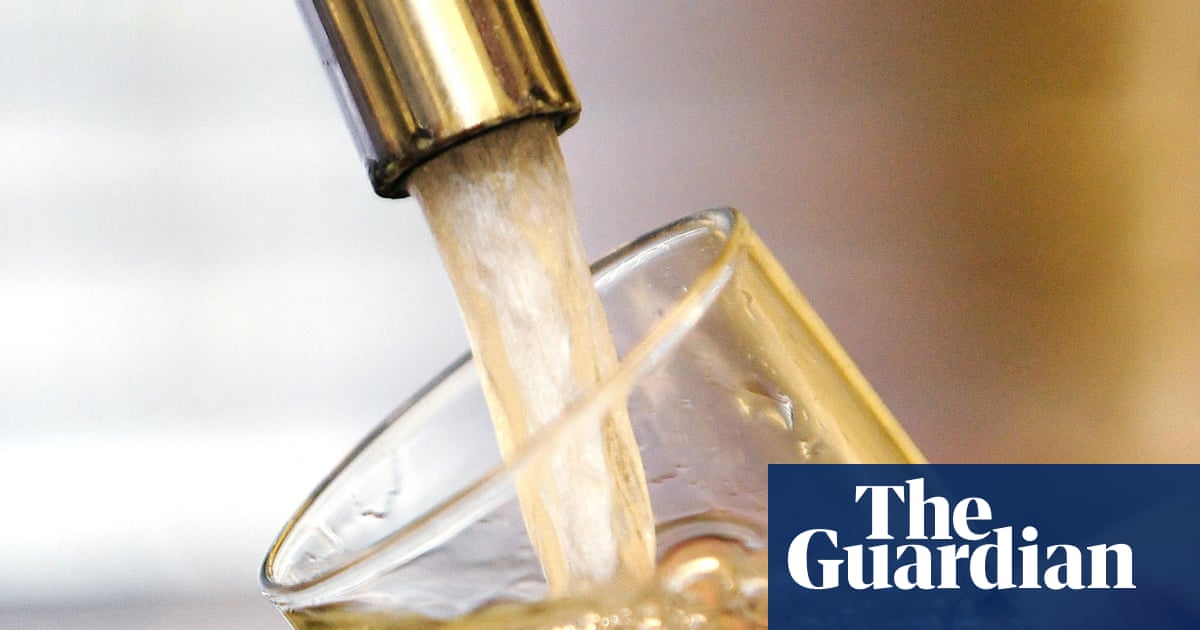
Investors from some of the world’s largest firms are pressuring chemical companies to end production of toxic PFAS “forever chemicals”, which shareholders say represent an enormous and growing threat to manufacturers’ bottom lines.
PFAS are a class of about 12,000 compounds typically used to make products resist water, stains and heat. They are called “forever chemicals” because they do not naturally break down, and are linked to cancer, kidney disease, liver problems, immune disorders, birth defects and other serious health issues.
A letter circulated late last year and signed by largely European Union investment firms holding $8tn in assets cites a tsunami of recent litigation brought against PFAS manufacturers, ever-increasing regulation that imposes strict limits on the chemicals’ use, and the compounds’ public health threat.
Liability for PFAS contamination “of the entire planet is expanding”, said Erik Olson, a senior strategic director with the non-profit Natural Resources Defense Council. The letter was made public ahead of a decision by 3M, one of the world’s largest PFAS manufacturers, to discontinue making the chemicals by the end of 2025.
“There has got to be concern in boardrooms and among knowledgable and savvy shareholders that continuing to manufacture these chemicals that are creating the Superfund sites of tomorrow is really risky for them financially,” Olson added. “If people getting sick and dying of exposure to these chemicals wasn’t enough, the liability should be.”
Among the 47 investors signing on to the letter are Axa, Credit Suisse, Robeco, Aviva and Storebrand, and the letter was circulated among 54 chemical companies. The investors are demanding industry develop a plan to end their manufacture and share production data with ChemSec, a non-profit that tracks the chemical industry.
“We encourage you to lead, not be led, by phasing out and substituting these chemicals,” the letter reads. “In addition to the financial risks associated with litigation, producers of persistent chemicals face the risk of increased costs associated with reformulating products and modifying processes, which can have significant implications for company performance.”
Industry observers say the math on 3M’s PFAS profits and liabilities sheds light on why the chemical giant decided to phase out production, and why investors in other PFAS manufacturers are concerned over liabilities. 3M’s 2021 annual report shows about $1.3bn in PFAS sales, and details dozens of lawsuits it faces from states, local municipalities, water utilities, school districts, other companies and residents. 3M was named in an average of more than three PFAS-related lawsuits a day last year, and its legal liabilities could tally as much as $30bn.
With overwhelming independent science showing the chemicals’ danger and strong evidence that 3M regularly hid those threats from customers, the company has already started settling: in late 2019, 3M agreed to pay Minnesota for $850m over PFAS pollution, and settled for another $50m the following year over contamination in Delaware.
“The pressure is mounting from every direction,” said Sonja Haider, senior business and investment adviser with ChemSec, which helped coordinate the campaign. “The lawsuits won’t go away – the companies will have to cover that – and the regulatory pressure is coming,”
3M also cited new regulations that make it difficult to continue to pollute without paying a price. Among those are the designation of PFOS, a compound that 3M developed and sold for decades, as a hazardous substance. Coupled with new advisory US drinking water limits that found virtually no level of PFOS in drinking water is safe, the company faces the prospect of even more litigation and cleanup costs in the coming years.
”When we look forward at some of those factors, we don’t see a viable business in the future,” 3M’s chief executive, Mike Roman, told Bloomberg. “This is a portfolio decision that allows us to move into other, higher growth opportunities.”
However, for now, few companies seem inclined to follow 3M’s lead. A ChemSec analysis found just four PFAS producers – Solvay, Indorama, Sabic and Yara – have a plan to phase out “hazardous chemicals”, though the plans are not specific to PFAS. Meanwhile, most of the industry has made little progress in transparency, and North American and Asian companies are faring the worst, ChemSec found.
The non-profit also identified 100 downstream customers of major chemical producers who are planning to phase out their use of PFAS. Among a growing number of clothing brands no longer using the chemicals is Levi’s, while an expanding list of restaurant chains are using PFAS-free food packaging.
“If your customers want alternatives, then you should hurry up and produce the alternatives,” Haider said.
Support for the campaign to phase out PFAS has doubled since its launch last year, when 23 investors with $4.4tn backed a similar call.
“If you get questions by huge investors who are asking, ‘Why are you doing this and do you have a phase-out plan?”, and those investors are discussing a divestment – that makes you act,” Haider said.












